Animal Eye Center of NJ
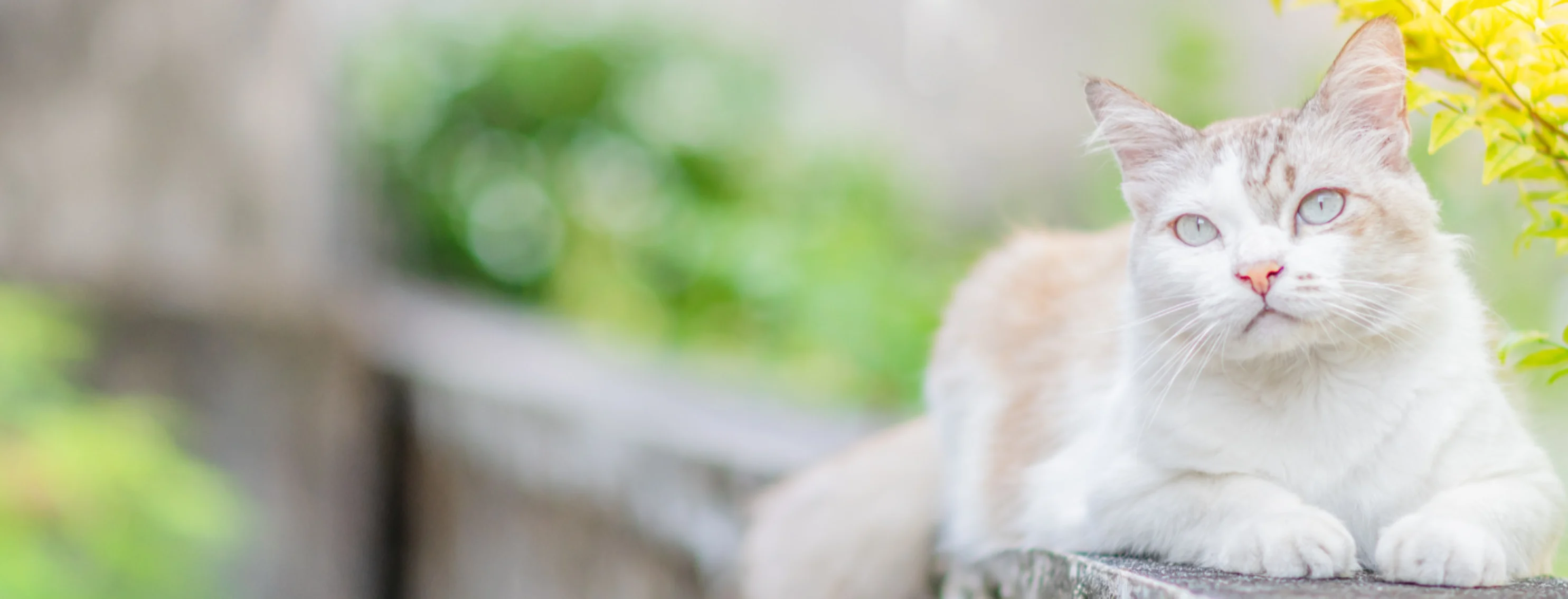
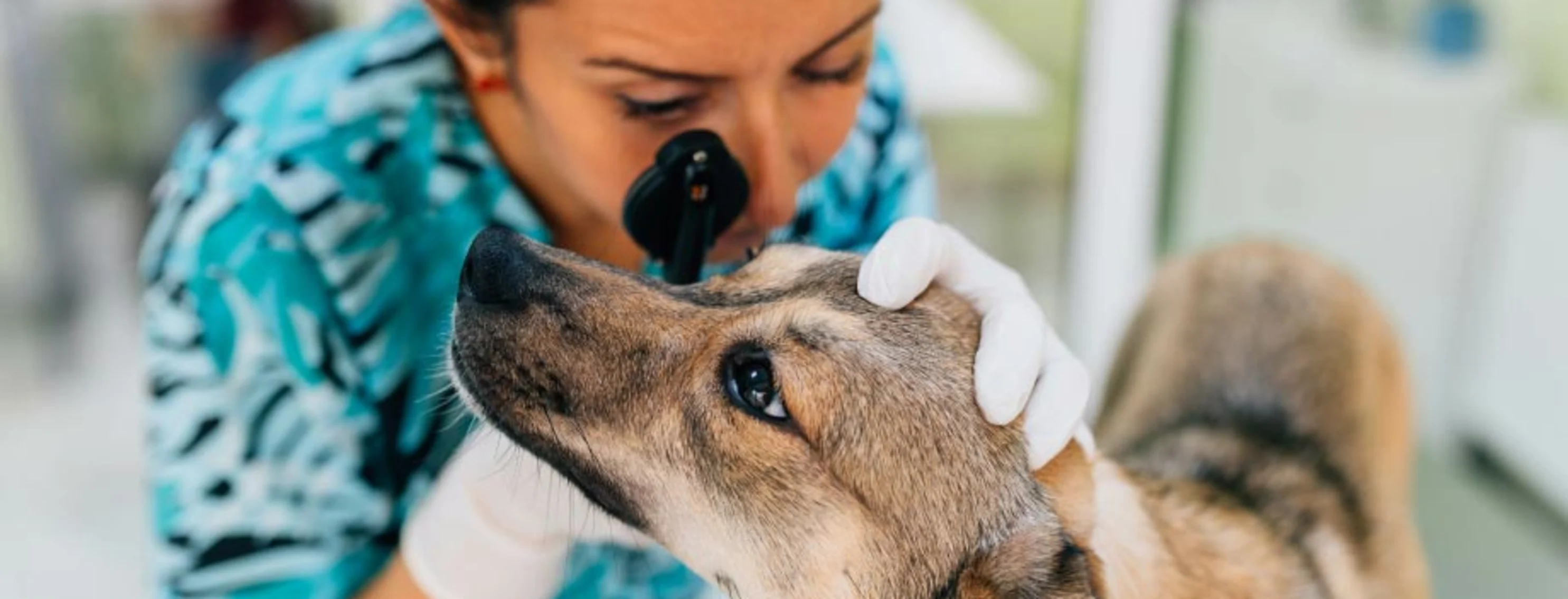
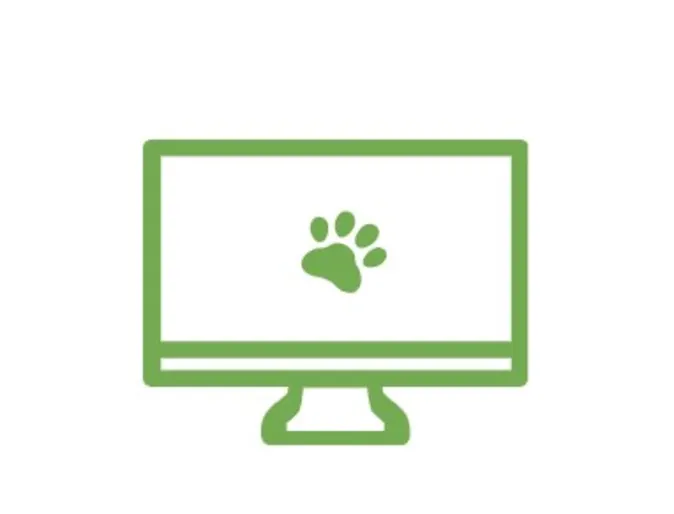
Prescription Refill
Need to refill your pet's medication prescription?

Pet Emergency?
Please call us if your pet is experiencing an emergency during our business hours. For after-hours emergencies, visit Animal Emergency & Referral Associates.

Contact Us
Do you have a question, or need to know how to find us?
Recent News and Posts
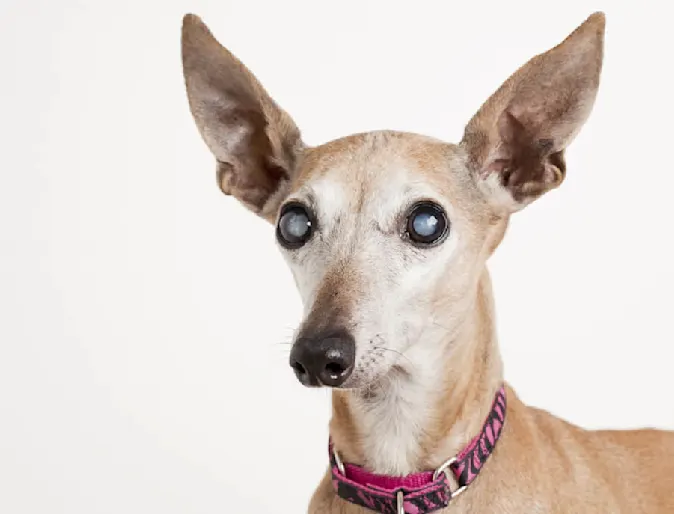
Signs Your Pet May Have Glaucoma or Cataracts
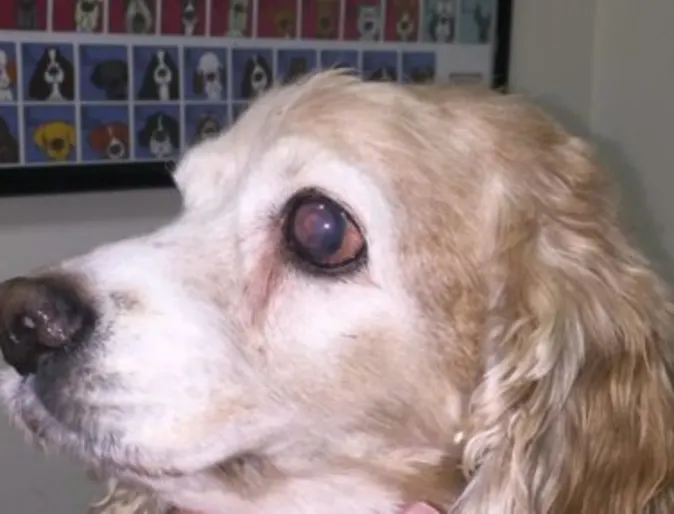
Glaucoma Awareness

Recognizing Vision Problems in Your Pet
Client Reviews & Testimonials
Dr. Holmberg and his staff were gentle and thorough throughout my dog’s eye exam. They explained each procedure every step of the way. I hope no one needs a veterinary ophthalmologist, but if you do, the Animal Eye Center of NJ is the place to go. I highly recommend them.
Margie F.
My French Bulldog, Padme, received excellent care at the Animal Eye Center of New Jersey. There aren't many veterinary ophthalmologists around, but when I found Dr. Holmberg and his staff, I knew I found the best. You need to keep in mind that many times when people need a veterinary ophthalmologist, it is usually in an emergency situation. They do their best to accommodate everyone, but there is a high demand for this type of expertise.
Jennifer E.
Dr Holmberg and Staff have been fabulous in treating my dog Bella. They are so kind and patient and are always willing to answer any questions. Dr Holmberg is very encouraging in how I handle the at home treatment too. The staff is super friendly and accommodating also. I am so happy to have found this practice.
Monta E.

